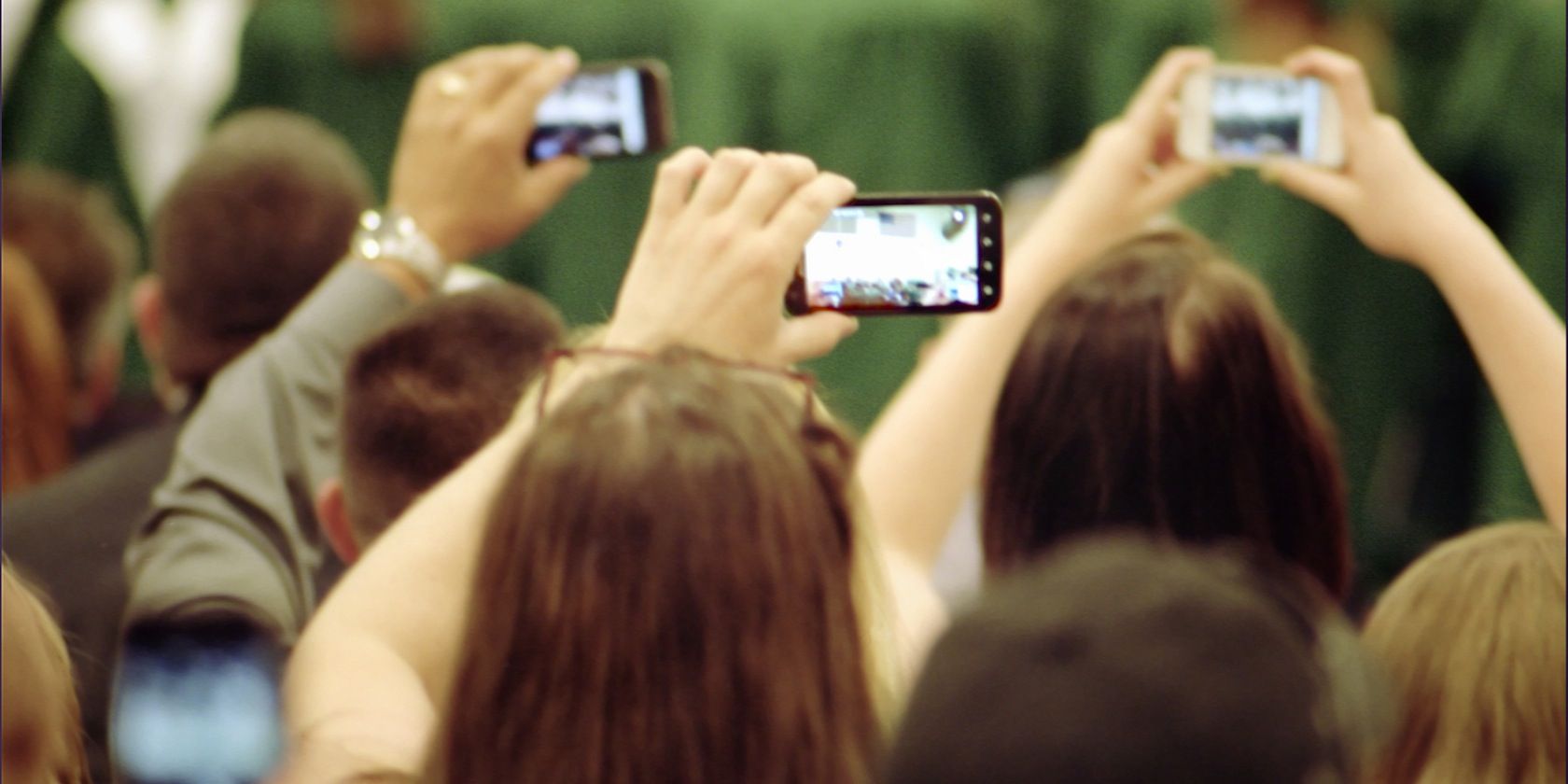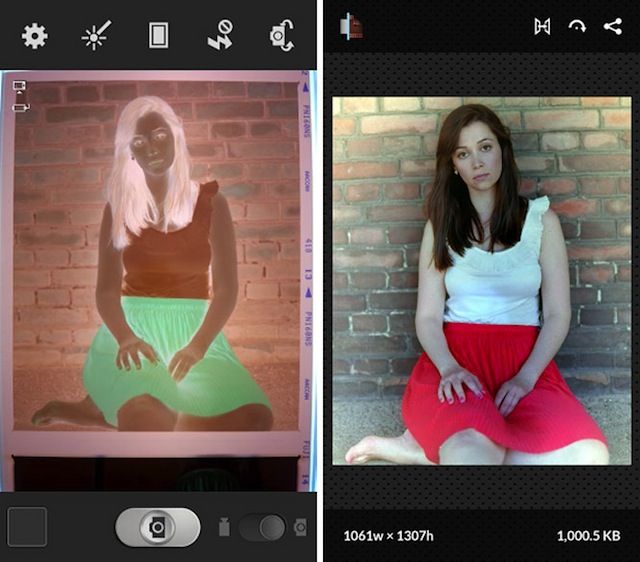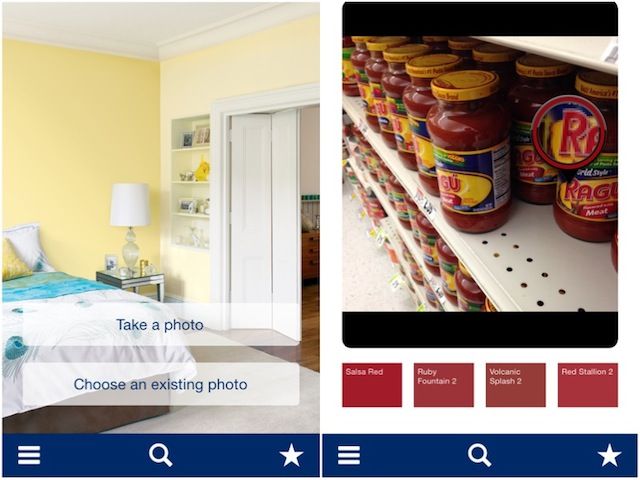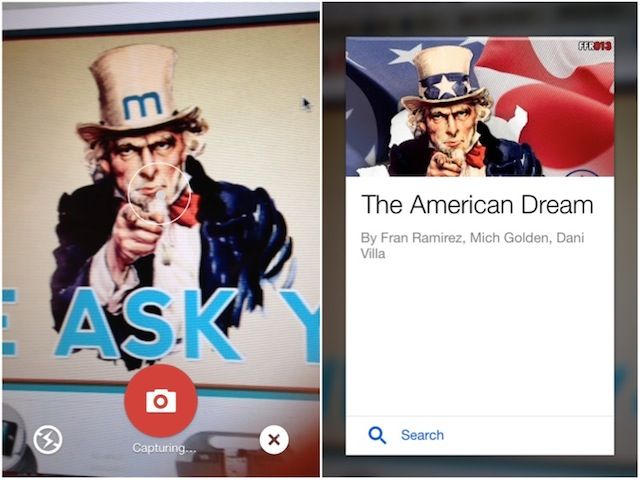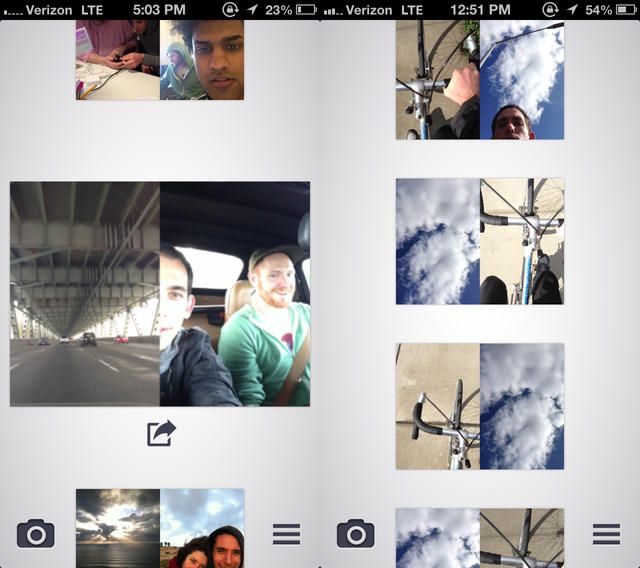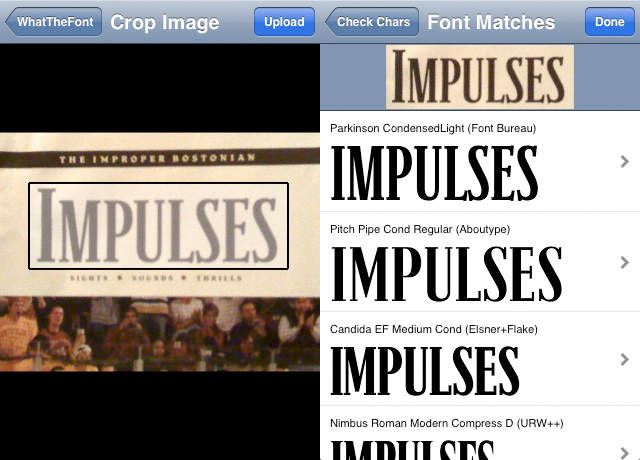Your smartphone camera is one the ultimate lifehack tools. We've already taken a look at four ways you can be making better use of your smartphone camera to turn your smartphone into a makeshift scanner, a memory aid, and more, and today we're at it again.
With the help of a few cool apps, your camera can also turn your phone into a film scanner, a font or color identifier, the ultimate search tool and more.
If you're on the lookout for some more traditional apps that enhance your smartphone photographic experience, be sure to check out our list of must-have iPhoneography apps.
1. Film Scanner (Android & iPhone)
If you're looking to digitize your old 35mm negatives, you can actually achieve pretty impressive results with your Android phone. With Helmut Film Scanner, your smartphone's camera becomes a bonafide film scanner. Simply place the negative over a well lit surface (you can use anything from your computer screen to a lightbox), and take a shot of the negative you want to bring into the digital age.
The app also has a few basic editing features - cropping, brightness, contrast and the like - and also allows you to easily share your newly scanned photos directly to Flickr, Dropbox, EyeEm and Facebook.
iPhone users (or Android users not content with a free app) can purchase Photojojo's smartphone film scanner which holds your device steady while it blasts your negatives with light. You can then use the Lomoscanner for seriously retro results.
2. Color Identifier (iOS & Android)
If you're looking for a quick way to identify colors, you could always use the camera on your iPhone or Android phone. Dulux have an app available for both Android and iOS that allows you to take photos with your phone and identify colors within that photo using a color picker. What's great is that if you want to identify a color in an existing photo (since your camera can distort colors), you can upload existing photos to the app. This is particularly useful if you want to figure out the color used in a poster or existing design.
Once you've got the photo loaded, you can drag the color picker over the photo, which magnifies that spot on the image so you can pick the exact shade you want. You can then buy it and slap it on your walls.
3. Visual Search Tool (iOS & Android)
In Google's own words, you can conduct searches by taking a photo of a "painting, a famous landmark, a barcode or QR code, a product, or a popular image." Google Goggles also doubles as a QR code/barcode scanner, an OCR scanner, a translator (by taking photos of text in a foreign language), and a Sudoku puzzle solver.
4. Creative Camera (iOS & Android)
DblCam (free) serves a slightly different purpose to most of the other apps included in this list, but it puts you iPhone camera to use in a unique way. DblCam allows you to take two photos in succession - one using the iPhone's back camera and one using the front camera. That way you can create a diptych of yourself and whatever it is you are taking a photo of.
You can also use the app to create diptychs of photos to your side, or what is beneath and below you. There's really no limit to how creative you can get with these photos. Once you take a photo with one camera, the second photo will be taken within a second.
The closest Android users can get to DblCam is the free app Dual/Double Shot Camera. According to Google Play reviews it's nowhere near as good as DlbCam, but it's the best app with the functionality available at present.
5. Font Identifier (iOS)
You've probably heard of WhatTheFont before, but now the service has its first-ever iOS app designed to identify and tag typefaces. Simply point your camera at any typeface, and it should be able to identify the font, or at least suggest a similar alternative.
While there is no official Android version of the app, you can at least use the web version to get the same effect.
Can you think of any other ways you can put your smartphone camera to creative use? Let us know in the comments.
Image credit: Dave Lawler

